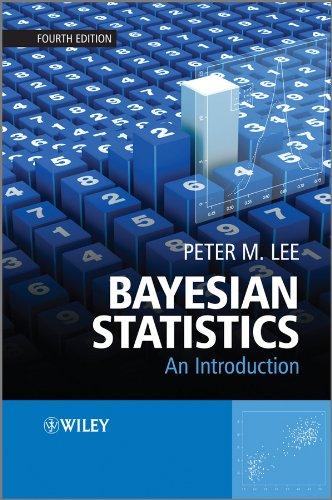Lindley (1957) originally discussed his paradox under slightly different assumptions from those made in this book. Follow
Question:
Lindley (1957) originally discussed his paradox under slightly different assumptions from those made in this book. Follow through the reasoning used in Section 4.5 with P1 (θ) representing a uniform distribution on the interval (θ0 - ½ τ, θ0 + ½τ) to find the corresponding Bayes factor assuming that τ2 ≫ ϕ > / n, so that an N(µ, ϕ / n) variable lies in this interval with very high probability. Check that your answers are unlikely to disagree with those found in Section 4.5 under the assumption that P1 (θ) represents a normal density.
Fantastic news! We've Found the answer you've been seeking!
Step by Step Answer:
Related Book For 

Question Posted:





